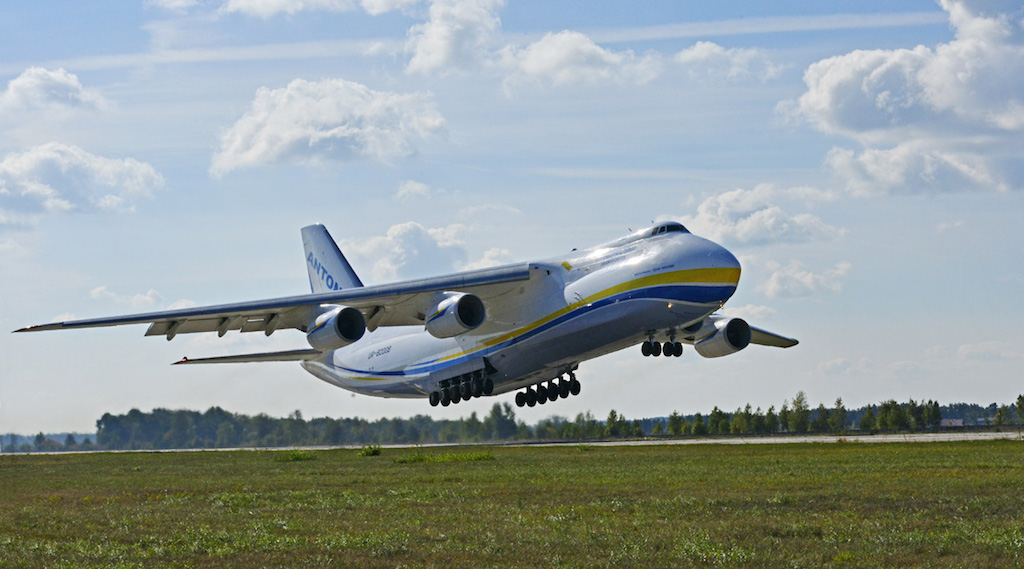
The global airlines industry is set to rise from $569.5 billion in 2016 to $828.3 billion by 2021, representing a compound annual growth rate (CAGR) of 7.8%, and surpassing the peak growth rate of 7.4% seen in the period between 2012 and 2016, according to research firm MarketLine.
The company’s latest report states that the emerging dynamic of the Asia-Pacific region, which accounts for 33.9% of the global industry, combined with signs of reduced rivalry in the European airline industry, are driving accelerated growth in global terms.
The Chinese and Indian industries are expected to boost their value in 2021 by 81.8% and 164% respectively, compared with 2016, and are anticipated to account for a combined 41% of the Asia-Pacific industry. The European industry will also witness an accelerating trend, with a projected 30.6% increase over the same five-year period.
Theodoros Delimaris, Analyst for MarketLine, explains: “The relaxing of regulation in India and China, along with rising incomes, will stimulate demand for flights in these countries. Specifically, India has recently made a great stride to relax restrictions on foreign investment in its industry, which will expand its already booming demand for domestic flights to include the international segment. China's industry is at a more advanced stage of development, with demand for international flights surging. In fact, the growth of the international flights segment seems to be a focal point of the Chinese government, demonstrated by the new open skies agreements.
“Another factor is that European airlines have already demonstrated intentions to refrain from intensive competition, which has suppressed prices in recent years. Particularly, improving efficiency has been the target of European carriers over the last two years, meaning competition for capacity is not a trend we expect to see in future. Indeed, this type of supply competition has been a bad experience for the European industry, which saw its growth rates decelerate noticeably a few years ago.”
The CAGR of the European industry in the 2016-2021 period is expected to be greater in terms of value (5.5%) than in terms of volume (3.6%), showing that downward price pressure is alleviating.
Delimaris concludes: “The entry of low-cost carriers into the long-haul flight market, a major concern for legacy carriers in the future, may not be realized. Firstly, this trend has been facilitated by lower oil prices in the last two years, which are not predicted to hold over the coming years. Secondly, legacy carriers are still expected to adopt this model in future as the experience of air travel has been undermined anyway, presenting a new opportunity to increase international traffic.”